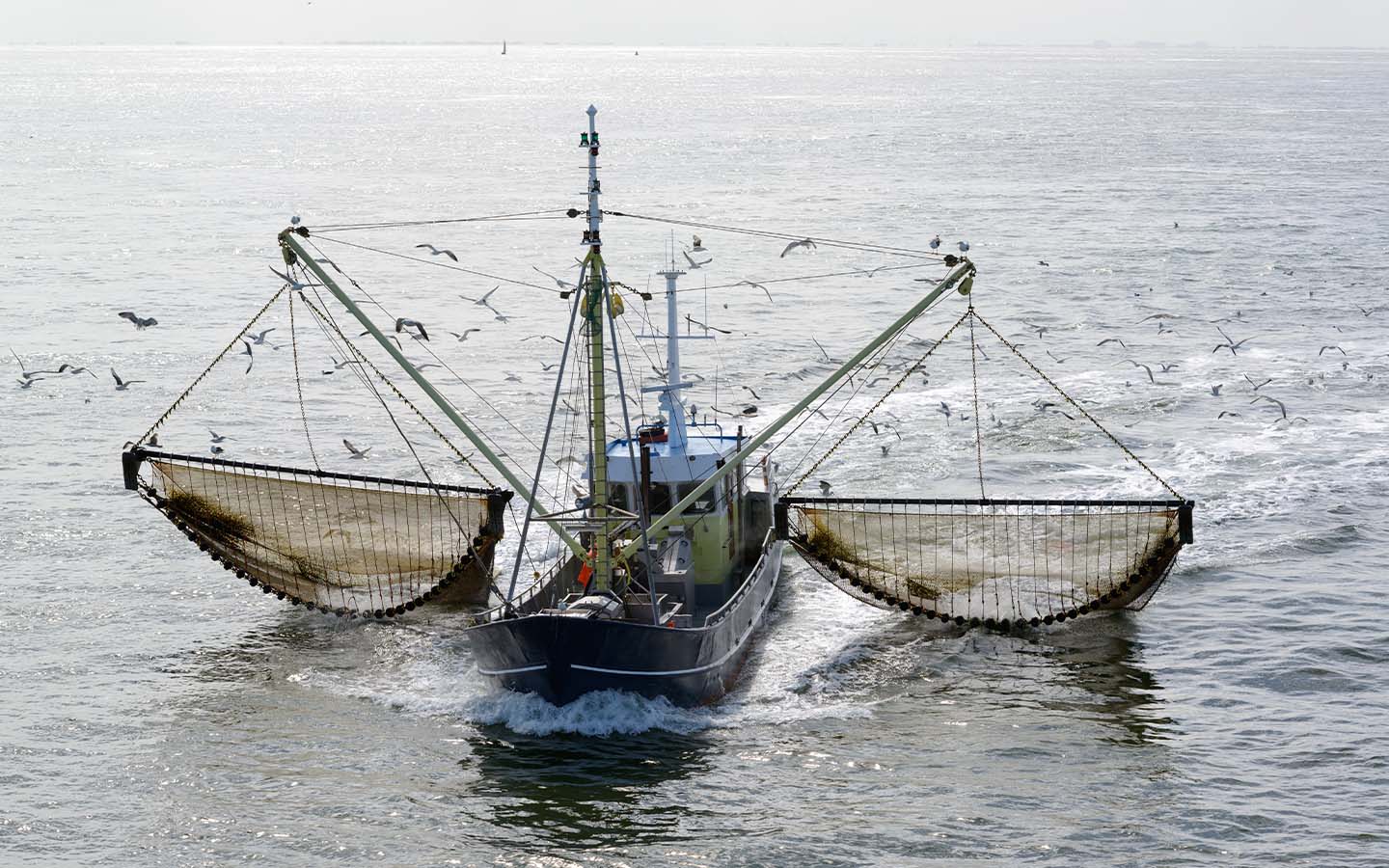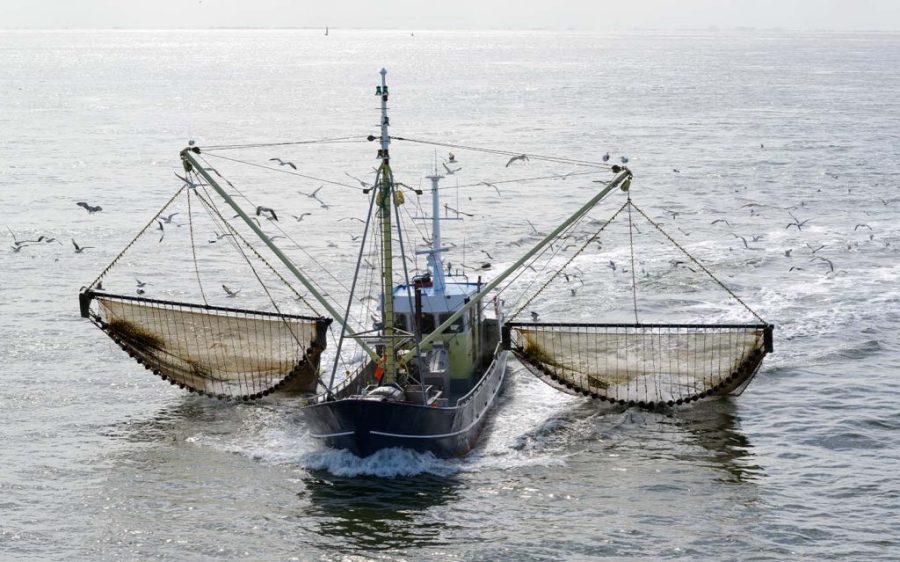A new study reveals the shocking scale of seahorse bycatch in southern Brazil, calculating that millions of endangered Patagonian seahorses likely end up on the black market each year.
Rosana Silveira, a seahorse researcher with Brazilian NGO Instituto Hippocampus, led the two-year study, documenting seahorse bycatch. According to a report in Hakai – a journal of coastal science – she estimated that the 3,700 boats operating in the area catch roughly 2.3 million seahorses each year between them.
The creatures are then sold on the local black market as curios, folk remedies and talismans used in Afro-Brazilian religions, Hakai said.
[See more: One of the world’s largest seizures of shark fins has been made in Brazil]
Seahorses were sold openly in Brazil until 2014, when new government protections were enacted, covering three species: longsnout, lined and Patagonian seahorses. Of the three, only the Patagonian seahorse is found in the southern coastal region monitored by researchers.
The sheer scale of bycatch revealed implies a larger and more secretive black market than researchers expected. But the market isn’t the main problem. “Even if the seahorses weren’t being consumed, they would still be getting caught in fishing gear and dying,” Sarah Foster, a seahorse expert at the University of British Columbia, told Hakai. “Anywhere there are seahorses and there is bottom trawling, there’s a problem.”
While Brazil’s bycatch largely remains in the country, Chinese traditional medicine accounts for a majority of the global seahorse trade. This market, along with the much smaller aquarium trade, is fed by countries like Thailand (29 million), Vietnam (16.7 million) and India (14 million).






